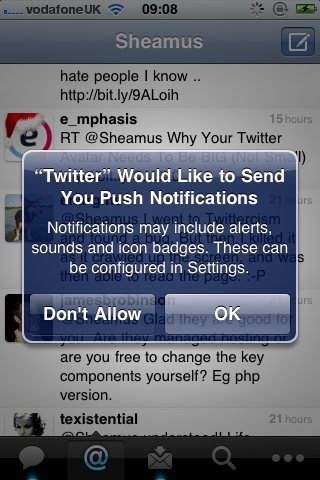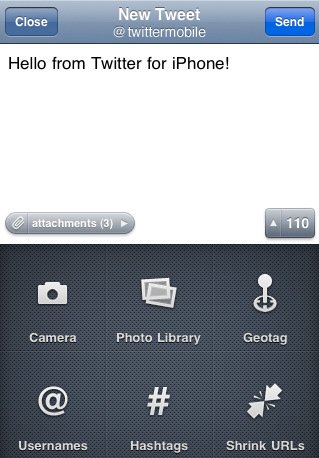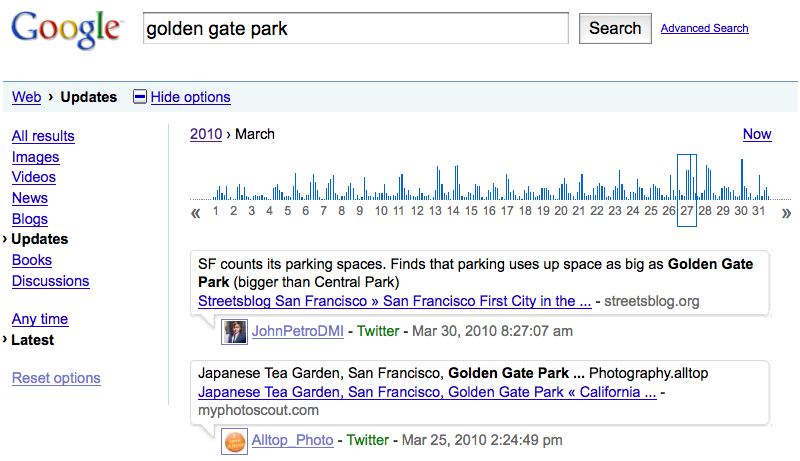
Google’s latest foray into the social networking business has everyone atwitter; so what’s all the buzz about? Google Buzz is a new way to share updates with friends. It goes beyond the standard “status update” from Facebook and breaks free from a 140-character tweet from Twitter, allowing you to quickly and easily share content across the Internet. Buzz is built into Gmail. If you have a Gmail account you are already set up for the service; your current list of contacts and people you chat with the most automatically become your followers. That last word strikes a familiar chord, doesn’t it? Buzz is very similar to Twitter; you follow people, people follow you, you post updates, and so on. What makes it different (and so much more expansive) is that there’s no character limit and the means of interaction with others is much more fluid. It fosters greater interaction with the ability to share links, photos, and video. YouTube videos can be embedded right into posts, along with pictures that can be viewed in full size and resolution. Besides sharing your own information, you will be alerted about new posts from followers and their group of followers; Buzz recommends posts from people you’re not directly following to promote a growing community of new friends and acquaintances. @-responses are supported, allowing you to specifically address a friend’s post. You also have the option to connect Buzz to other accounts like Picasa, Flickr, Google Reader, and Twitter and spread your posts, pictures, and breaking news that way. And don’t worry–you have the option to keep things private among friends or public with the Buzz community.
Google Buzz should be fully integrated into everyone’s Gmail account by now. You’ll notice a new small tab located under the Inbox tab labeled Buzz. Now what if you’re away from the computer and still want to buzz about stuff? Google’s created Buzz for mobile and it’s got some intruiging features. What’s unique about posting on your phone is that Buzz uses location-based services to pinpoint exactly where you are when you post something, allowing your followers to find you on a map. Tagged locations do away with long/lat numbers and display the actual names of places instead. There are four ways to access Google Buzz on your cell phone. (1) On an iPhone or Android phone go to buzz.google.com to access a Buzz web app; it has two views: “‘Following’ view shows buzz from the people you follow, just like Google Buzz in your Gmail; ‘Nearby’ view shows public buzz that has been tagged with a location near you, and might be from people you don’t follow. From Nearby view, you can also select a specific place from the list of nearby places and view posts attached to that place.” (2) Buzz on Google Maps for mobile, available only on Android phones, adds a new Buzz layer to the Maps application and “allows you to see buzz near you or anywhere on the map. You can post public buzz directly from the layer, and even attach a photo from your phone.” (3) Buzz Shortcut from Google.com allows any cell phone with a browser to access Buzz. (4) The Google Voice application, available on Android phones in the quick search widget and on iPhones in the Google Mobile App, “allows you to post buzz without typing anything. Just say ‘post buzz,’ followed by whatever you’d like to post.”
Is Google Buzz going to be a success? Will it catch on with the masses a la Facebook and Twitter? Buzz surely has the potential to replace Twitter as a social networking tool. At its core, Buzz is all about “start[ing] conversations about the things you find interesting” and it does it pretty well already. I agree with Mashable when they say “if Google Wave is the future, Google Buzz is the present.” The Google Wave beta made heads tilt in confusion, and Google thinks Buzz is an appropriate stepping stone to it. Buzz goes beyond email and IM but it does not overstep its boundaries (aka the craziness that is Wave). Thing is, Buzz does not feel like a transition service because it comes off as Twitter on steroids–something we’re used to, just beefier. Buzz is already making noise; today Facebook and AOL have joined forces to allow IM users to chat with Facebook friends over the AIM client. And Twitter should be scared, too; their 140-character limit and lack of expanding services may start to wear thin with Buzz lurking around the corner. A potential issue for some may arise in the fact that Buzz requires Gmail sign up but to these naysayers I say so what? Gmail is the best Internet email client out there anyway; now’s a better time than ever to jump on the bandwagon and join the Gmail community. Because that’s what it’s becoming thanks to Buzz–one giant place to share the things you find interesting with others.
Google Buzz in Gmail, for mobile, and the launch event can be found in video form after the break, you know, if you’re into that stuff.
[Via GoogleBlog, here & here]
Continue reading Google Buzz is Twitter on steroids →








![[new_Buzz_startup.png]](http://1.bp.blogspot.com/_JE4qNpFW6Yk/S3c5K4C8M0I/AAAAAAAAAeI/0rlaWcLLGrY/s1600/new_Buzz_startup.png)
